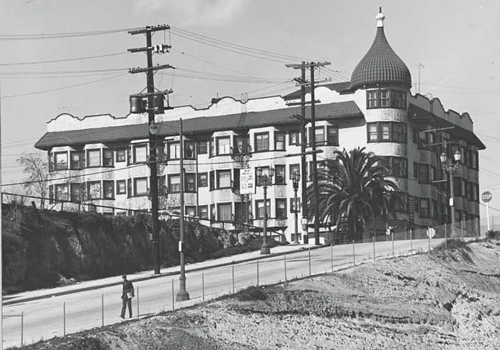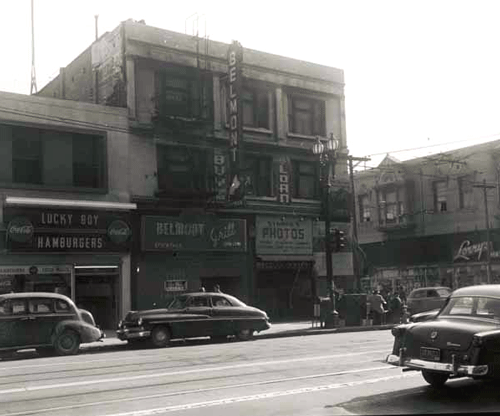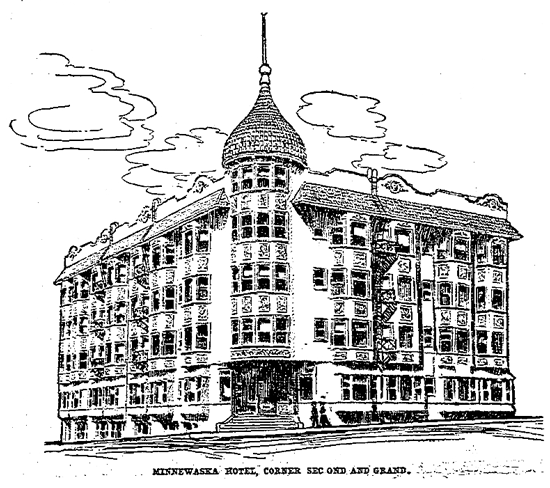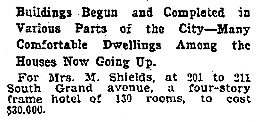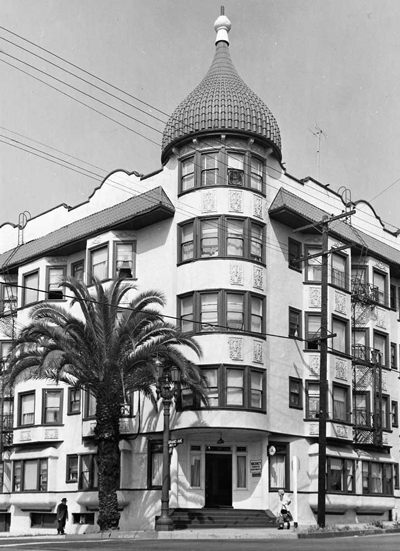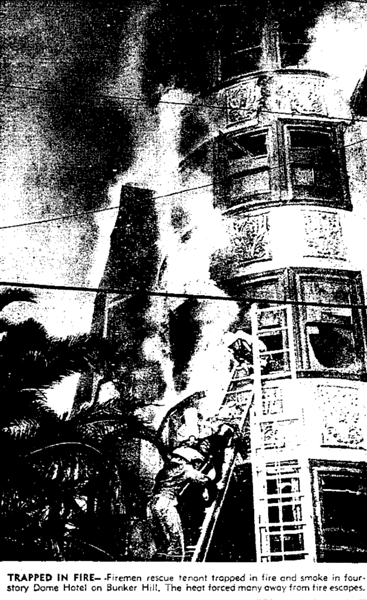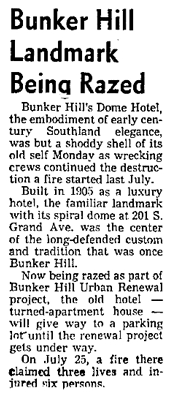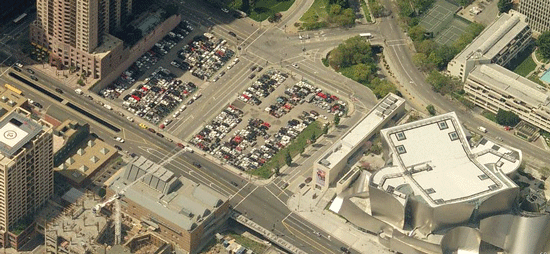
For nearly seventy years the Richelieu Hotel resided next door to the better known Melrose. The pair of Queen Anne Victorian buildings were two of the most stunning structures on the Hill, but the Richelieu always stood in the shadow of its counterpart. The Melrose once played host to President McKinley, was memorialized by artists like Leo Politi, and was covered by local press when the wrecking crews came. The Richelieu on the other hand, was far less celebrated but no less important, making its small mark on the history of a neighborhood that no longer exists.

The Richelieu Hotel was built by Richard E. Larkin and his wife Helen, and opened around 1891. Apparently the hotel was not particularly plush, for when the Larkins sold it to a Chicago business man a mere two years after it was built, the Times reported that “the purchaser will spend considerable money giving the house a thorough overhauling, and will run it as a first class hotel.” The overhaul was successful, and the Richelieu played host to society gatherings, and many local families and single residents would call the hotel home.
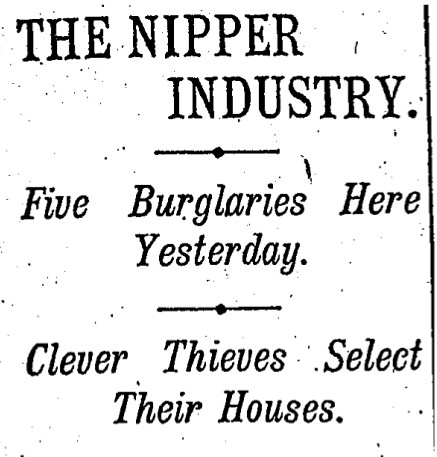
For the most part, the Richelieu maintained a relatively tranquil existence, with a bit of color thrown in here and there. In March of 1901, a bold burglar successfully struck Bunker Hill five times in one night, including the room J.F. Currier was occupying at the Richelieu. The cagey criminal was an expert lock picker who entered Currier’s room and made off with $150 in cash and a gold pocket watch without disturbing the resident’s slumber. The hotel was the victim of another burglary in 1904 when thieves entered the room of Mr. & Mrs. Bob Northam. The culprits were lucky that the Northams were out. The couple had been robbed a few months earlier and the Mrs had responded by lodging a bullet in the fleeing burglar. Of the more recent crime, Mrs. Northam expressed regrets that she was not around to take a shot at the thieves.

In May of 1949, the Times reported that a pair of detectives were investigating a narcotics lead at the Richelieu, when Ricardo Rameriez walked in on the pair. He attempted to quickly walk out, but was nabbed by the detectives who found $800 worth of heroin on him. One of the detectives spotted Rameriez’s wife waiting in a car down the street and asked her if she wanted to join her husband in jail. “Might as well,” she said and off she went. The next day, the detectives found the couple’s $36,000 smack stash at a hotel on Figueroa.

No Bunker Hill boarding house history would be complete without at least one suicide. The Richelieu’s came in 1933 when Sylvia Norris, a 55 year old trained nurse, strangled herself in her room with a hose. According to her husband who found her, Mrs. Norris was despondent over ill health.
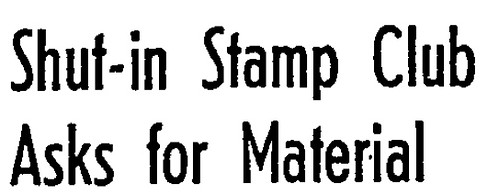
One of the Richelieu’s more interesting residents was Walter Hallowell, who resided at the hotel for at least ten years. In the 1930s, Hallowell was president of the Bunker Hill Non Partisan Voter’s League and held meetings in his room. By the 1940s, he had established his Richelieu residence as headquarters for the California Shut-In Stamp Club. The club sought donations in order to provide the state’s some 60,000 shut-ins with stamp collections. Hallowell and the club also offered correspondence courses in short hand, as well as a complete booklet on a variety of ways to play solitaire. Hallowell hoped that the club’s efforts would “bring some pleasure to a shut-in.”

Unlike many of the Victorian structures on Bunker Hill which quickly fell into disrepair, the Richelieu was always well taken care of. In 1939, when the WPA performed a household census of the area, the Richelieu and its thirty-nine units were listed as in “good condition.” The hotel suffered a fire in 1954, but the damage appears to have been minimal.

In May of 1956, the Times reported that the interior of the Richelieu was being redecorated and modernized and “perhaps, once again will be a proud residence.” When the Times extensively covered the demolition of the Melrose a year later, the Richelieu was already gone.
All photos courtesy of the California State Library Arnold Hylen Collection.

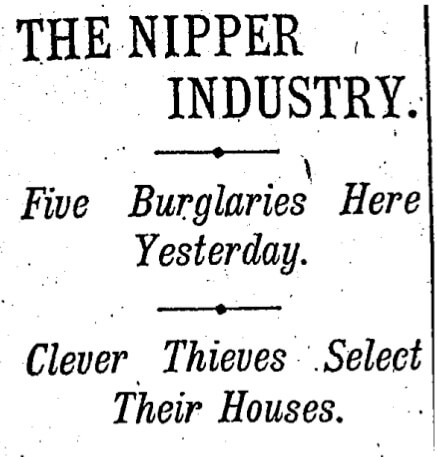
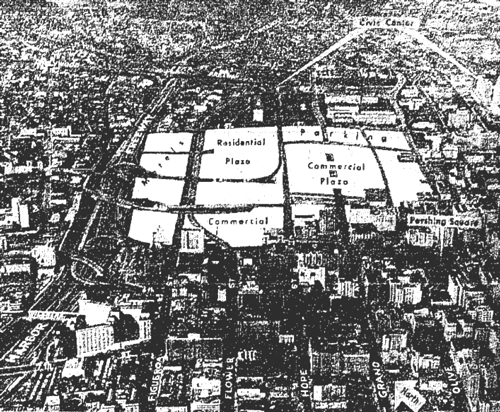
 The history of Bunker Hill could not be written without mention of a man who stood up to face the foe. Who fought City Hall; who fought the law, and sure, the law won. But let‘s remember the man. Firebrand. Gadfly. Babcock.
The history of Bunker Hill could not be written without mention of a man who stood up to face the foe. Who fought City Hall; who fought the law, and sure, the law won. But let‘s remember the man. Firebrand. Gadfly. Babcock.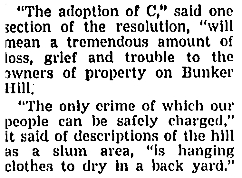 But one fellow didn‘t think the idea so all-American–owner of
But one fellow didn‘t think the idea so all-American–owner of 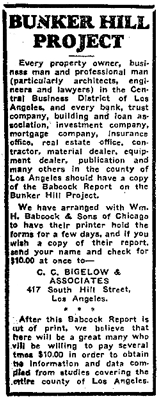

 Oil, that is. William T. Sesnon Jr., chairman of the Community Redevelopment Agency, is an oil magnate, after all. (‘Twas he who proposed the plan to finance homes for those elderly residents who had to be relocated from Bunker Hill: the City would drill on property bounded by
Oil, that is. William T. Sesnon Jr., chairman of the Community Redevelopment Agency, is an oil magnate, after all. (‘Twas he who proposed the plan to finance homes for those elderly residents who had to be relocated from Bunker Hill: the City would drill on property bounded by 
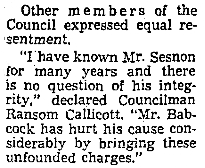 This prompted some strong words on the Chamber floor, where the next day Sesnon himself stood and said in part: “I regret the necessity of speaking but the action filed yesterday makes it unavoidable. These charges are irresponsible, malicious, vindictive and utterly false. No member of the Council ever entered into such a deal. It is an outrage that we have to face such publicity and I completely resent such statements.”
This prompted some strong words on the Chamber floor, where the next day Sesnon himself stood and said in part: “I regret the necessity of speaking but the action filed yesterday makes it unavoidable. These charges are irresponsible, malicious, vindictive and utterly false. No member of the Council ever entered into such a deal. It is an outrage that we have to face such publicity and I completely resent such statements.”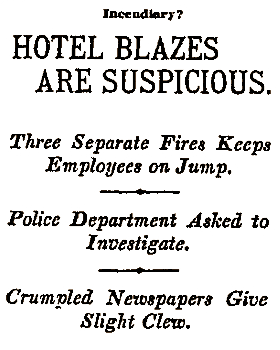
 February 27, 1911. It‘s 9:30am, and
February 27, 1911. It‘s 9:30am, and 
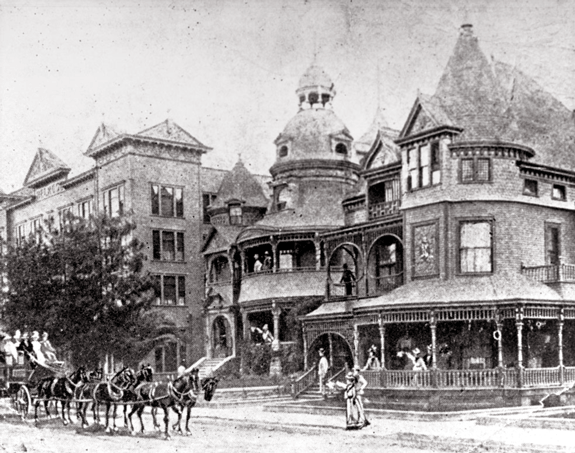
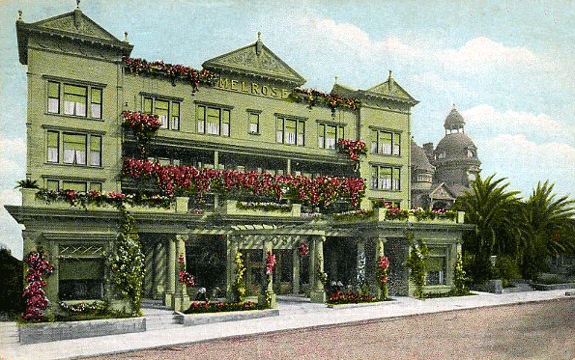

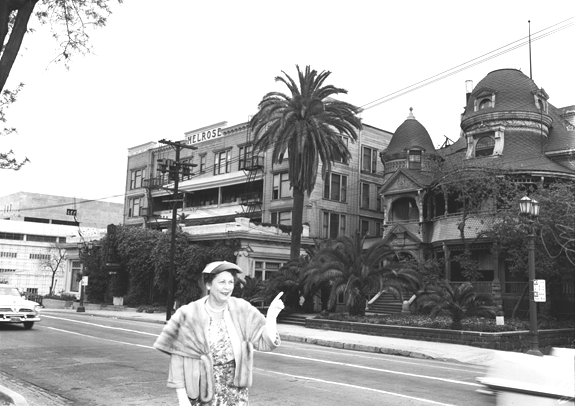
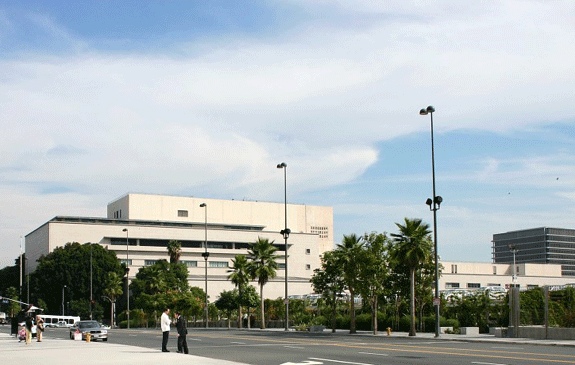
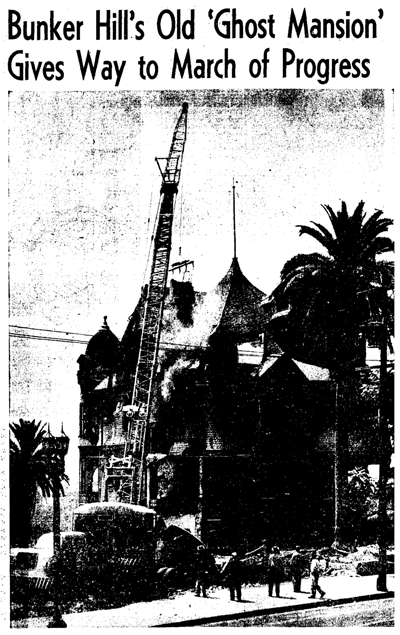
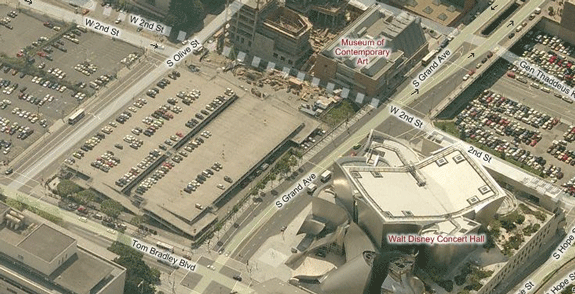

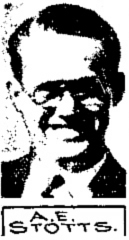 Among rank and file Depression-era Bunker Hill down & outers, Mr. A. E. Stotts was positive royalty among the sorry character contingent. Granted, he had the lovely Mrs. Stotts, and his apartment in the Alto Hotel at
Among rank and file Depression-era Bunker Hill down & outers, Mr. A. E. Stotts was positive royalty among the sorry character contingent. Granted, he had the lovely Mrs. Stotts, and his apartment in the Alto Hotel at  you a different story about swollen glands and night sweats and bloody sputum. Not to mention how the wife keeps sending him out to that sanatorium way the hell and gone in
you a different story about swollen glands and night sweats and bloody sputum. Not to mention how the wife keeps sending him out to that sanatorium way the hell and gone in 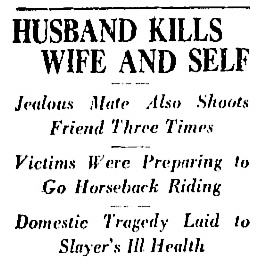
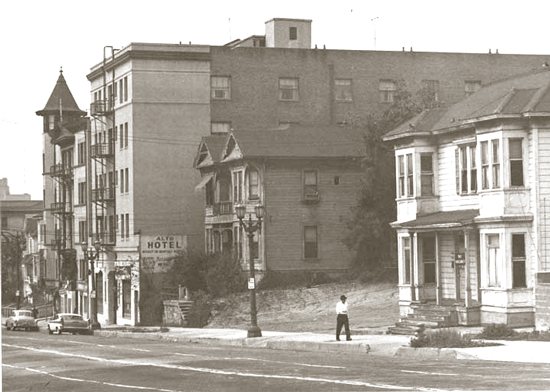
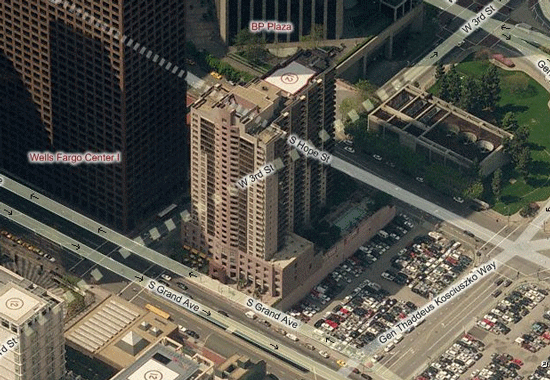
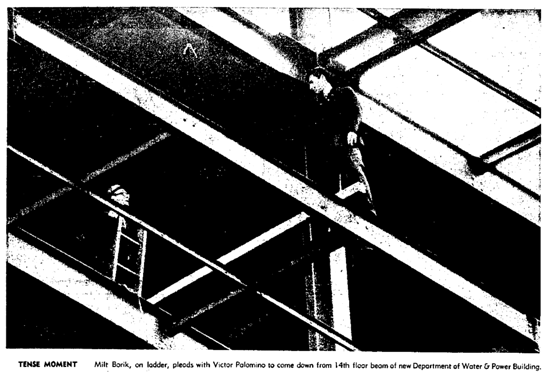

 Bunker Hill‘s final days, after its Official Designation as blighted slum, evokes not only decrepit dandified buildings like the Dome, but also its downtrodden denizens, shuffling along, infused with all the despair and longing and hopelessness you‘d expect from folks in a blighted slum. It being Official, after all.
Bunker Hill‘s final days, after its Official Designation as blighted slum, evokes not only decrepit dandified buildings like the Dome, but also its downtrodden denizens, shuffling along, infused with all the despair and longing and hopelessness you‘d expect from folks in a blighted slum. It being Official, after all. 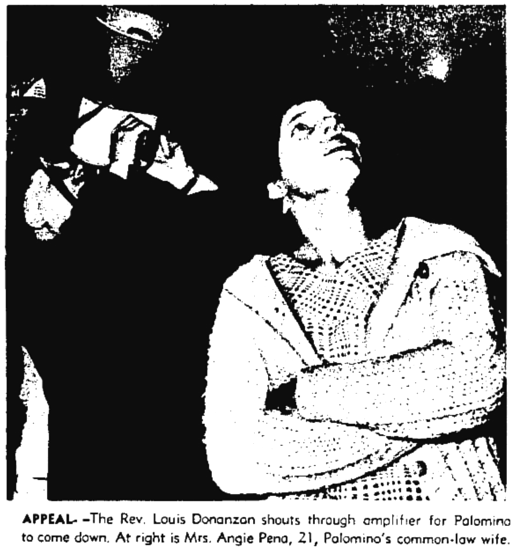
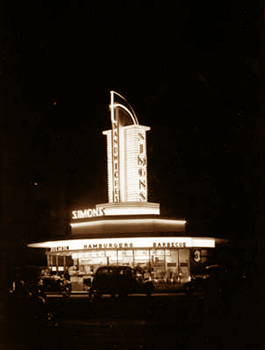
 Dangerous? Yes! Brannon was held up by two men, robbed of $1,000, and slashed with a razor blade when he courageously resisted.
Dangerous? Yes! Brannon was held up by two men, robbed of $1,000, and slashed with a razor blade when he courageously resisted. 